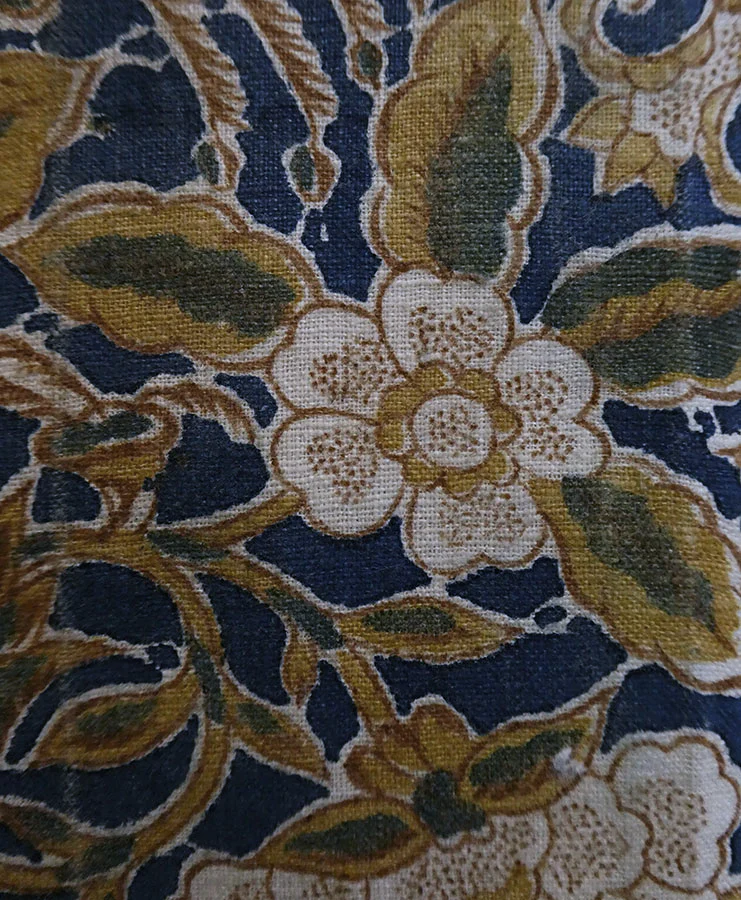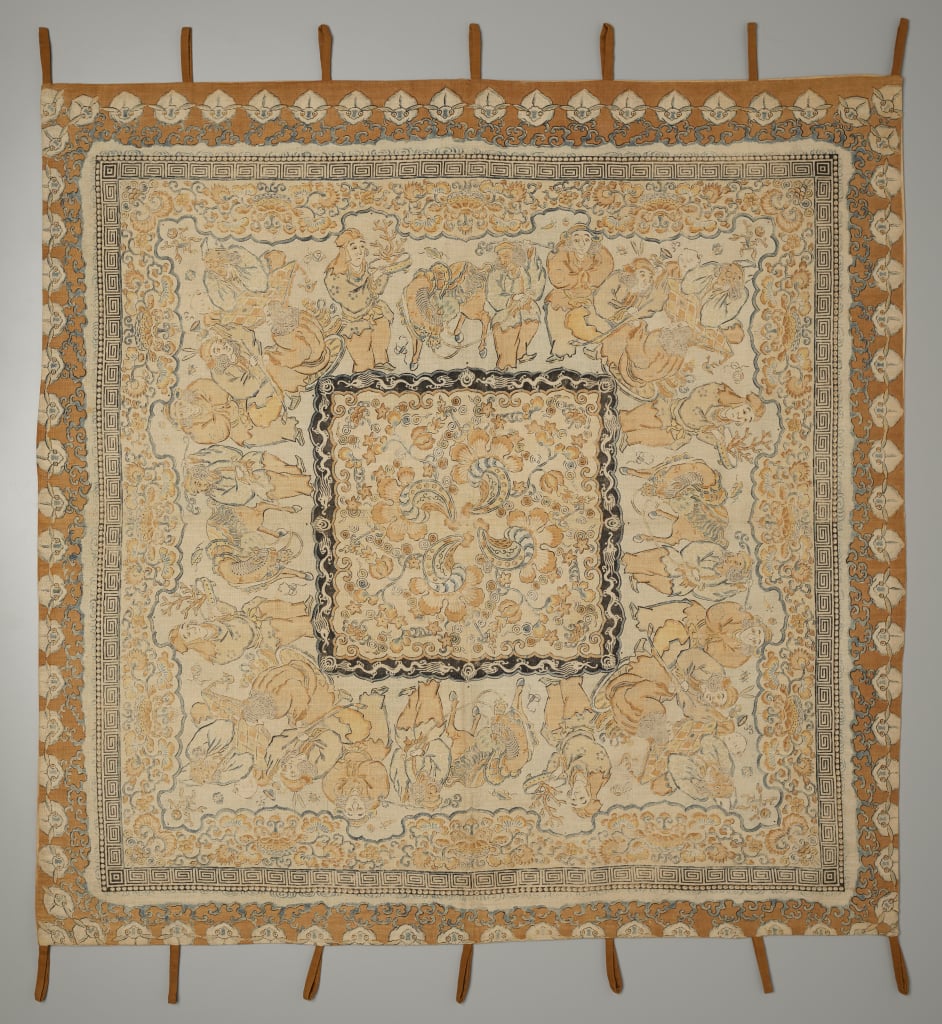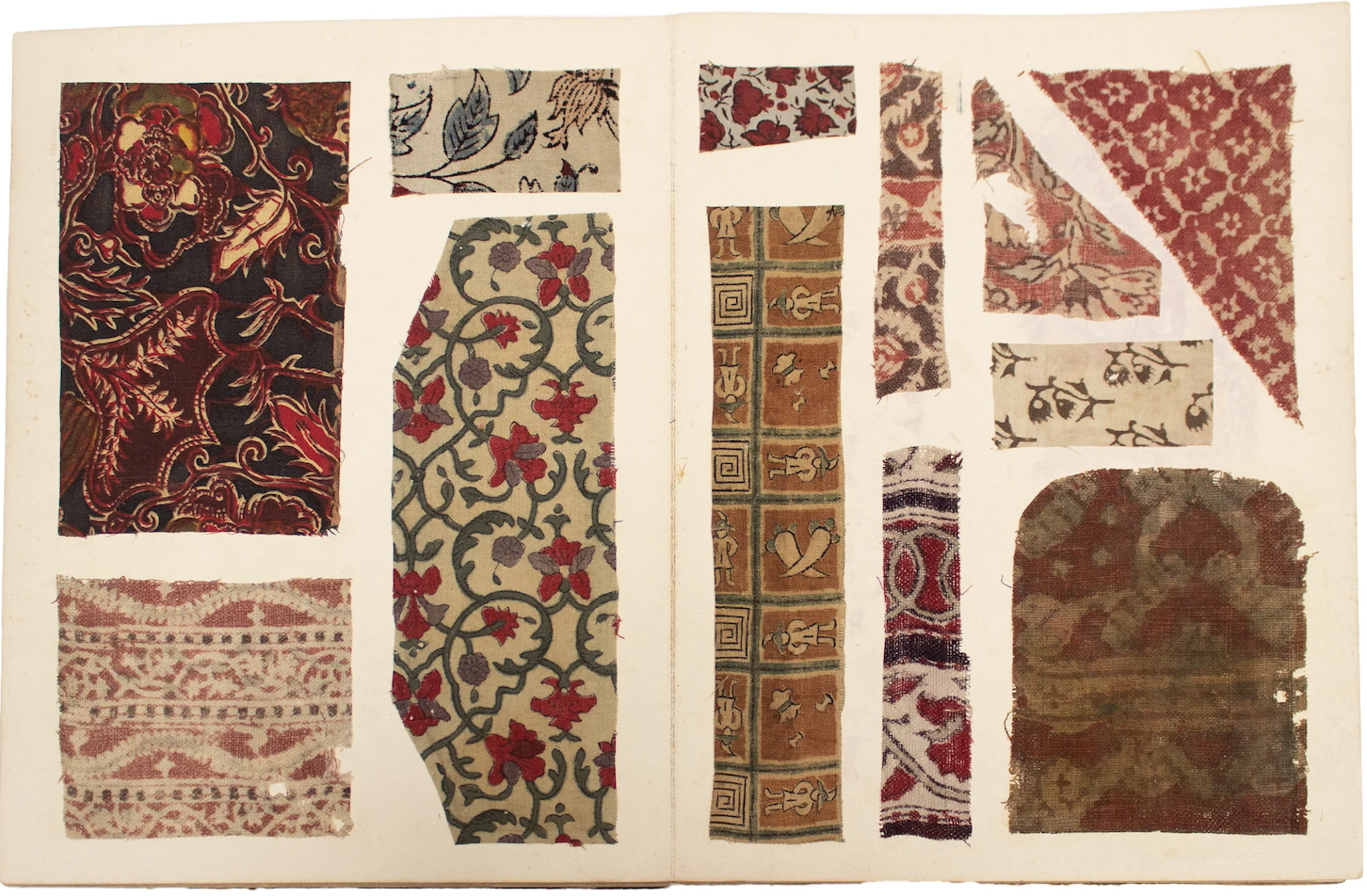Research Diary: Sarasa

When a print becomes ubiquitous, it’s sometimes difficult to pinpoint an exact origin story. Such is the case with paisley, and today, writing on sarasa, we find ourselves facing down similar ambiguities. For example: in Japan, the tradition of sarasa began when artisans sought to imitate the calico print of India. But was it brought there by Dutch or Portuguese traders? And when, exactly, did this exchange take place? Such is the mystery of global trade. As with much of our research, the history of sarasa continues to be a source of intrigue.
.jpg?v=1710871910721)

In broad strokes, we know that calico prints were something of a luxury item when they were introduced to Japan in the 16th century, owing to their vivid colors and unique designs. Wealthy samurai and merchant classes bought the cloth to hold valuables like tobacco, and used it in important rituals such as the tea ceremony.
.png?v=1710871945266)

Later, local artisans were able to mimic the prints using techniques like katazome (which just so happens to be the inspiration for our Ester print). Domestic sarasa was widely produced and, thus, slightly less expensive than the imported alternative. It incorporated local motifs, geometric designs, and Buddhist iconography. Though still costly, sarasa became available throughout Japan, and its usage expanded to everyday kimonos as well as to futon covers by the late 19th century.
.jpg?v=1710871988439)

Today, very few fragments from the heyday of handwoven sarasa remain. The craft all but halted with the introduction of European textile machinery in the early 20th century. In the A.S. universe, however, sarasa lives on in our Ingrid print. Digitally printed for a sharp rendering of the design, Ingrid is nonetheless a nod to a centuries old tradition of truly masterful artisanship.


